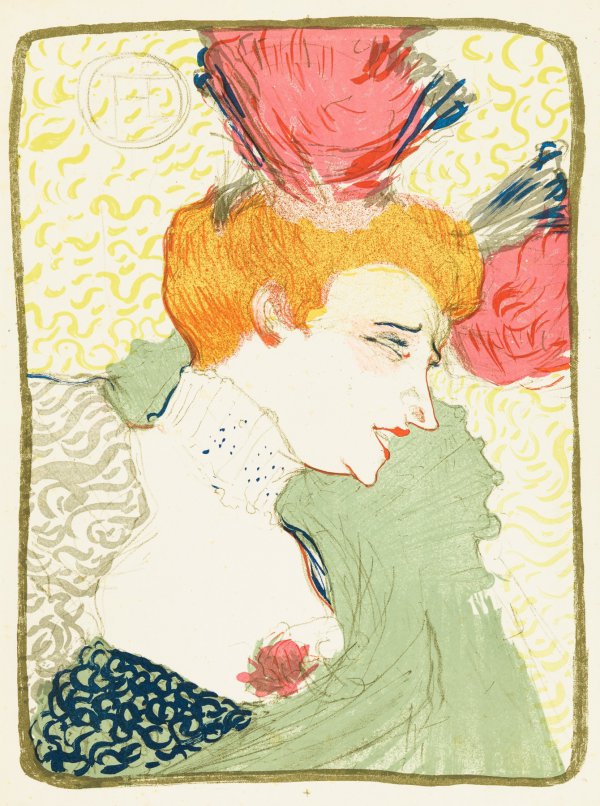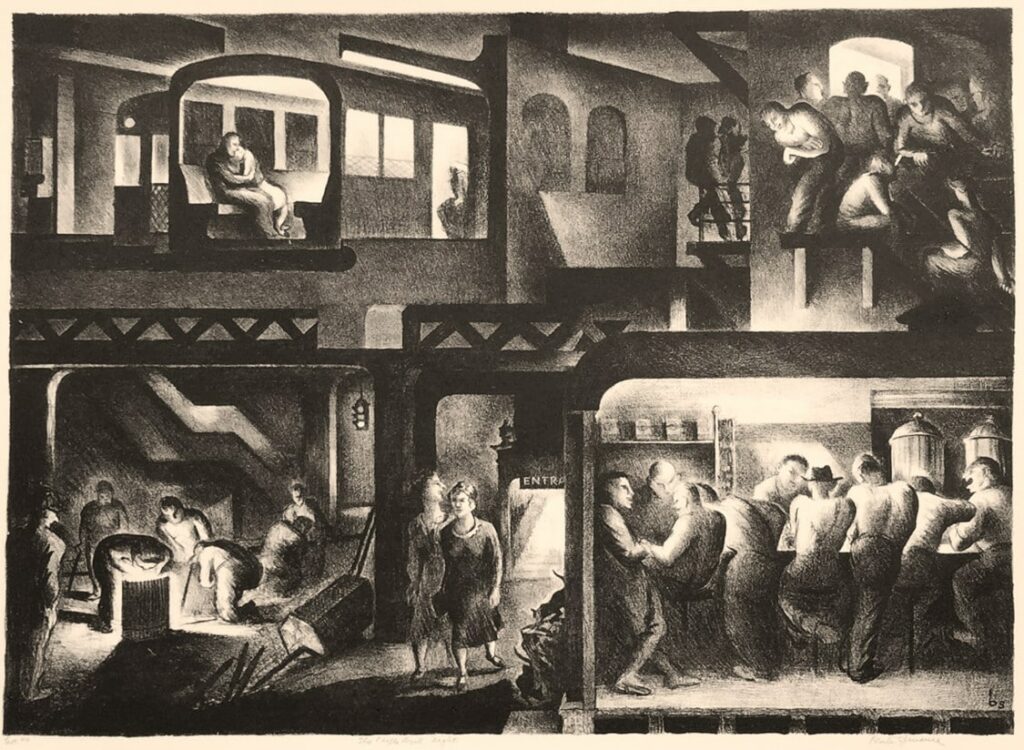The Impact Of Lithography
In the bustling streets of Paris during the late 1800s, a quiet artistic revolution was unfolding—not on canvas, but through a remarkable printing technique that would fundamentally reshape how art was created, distributed, and consumed. Lithography, a revolutionary printing method invented at the turn of the 19th century, emerged as a transformative force that democratised artistic expression and made visual communication more accessible than ever before.
The Birth of a Printing Technique
Lithography was invented in 1796 by Alois Senefelder, a German playwright who was searching for an affordable way to publish his theatrical works. The technique was ingeniously simple yet revolutionary. Unlike previous printing methods that required carving or etching, lithography allowed artists to draw directly onto a smooth limestone surface using a greasy, oil-based ink or crayon. When the stone was moistened, it would repel the ink in non-drawing areas while attracting it to the drawn lines, enabling precise and multiple reproductions.
This method was radically different from traditional woodcut or engraving techniques. Artists could now draw with the same freedom and spontaneity as they would on paper, capturing nuanced lines, textures, and shading with unprecedented ease. The process removed many of the technical barriers that had previously limited artistic reproduction.
A Canvas for Commercial Creativity
Perhaps no artist embodied the transformative potential of lithography more dramatically than Henri de Toulouse-Lautrec. A key figure of the Post-Impressionist movement, Lautrec seized upon lithography as a medium perfectly suited to capturing the vibrant, dynamic life of Paris’s entertainment districts. His posters for the Moulin Rouge and other cabarets were not merely advertisements but artistic statements in their own right.
Lautrec’s lithographs, such as “La Goulue” and “Jane Avril,” were more than commercial illustrations. They were snapshots of Parisian nightlife, rendered with bold lines, striking colors, and a keen eye for human movement and emotion. These posters could be mass-produced quickly and cheaply, allowing his artwork to reach far beyond the exclusive galleries and into the streets and homes of ordinary people.
Democratising Art Access
Before lithography, art reproduction was an expensive, labor-intensive process. Original artworks and high-quality prints were luxuries accessible only to wealthy collectors and institutions. Lithography changed this dramatically. Suddenly, complex artworks could be reproduced rapidly and affordably, bringing visual culture to a much broader audience.
Newspapers, magazines, and commercial enterprises quickly adopted the technique. Illustrated journals like “Le Monde Illustré” could now include detailed artistic representations alongside their reporting, making visual storytelling more engaging and accessible. Artists found new avenues for income and exposure, while the public gained unprecedented access to visual creativity.
Cultural and Social Impact
The implications of lithography extended far beyond the art world. It became a powerful tool for social and political communication. Satirical magazines like “Le Charivari” used lithographic posters to critique social norms and political figures, creating a new form of visual political discourse. Artists could now reach mass audiences with their messages, fundamentally altering how information and opinion were shared.
Moreover, lithography played a crucial role in documenting and preserving cultural experiences. Scenes from daily life, performances, social gatherings, and historical events could be captured and distributed with an immediacy and authenticity previously impossible.
Global Artistic Renaissance
The technique quickly spread across Europe and beyond. In France, it became synonymous with the vibrant poster art of the Belle Époque. In England, artists like William Morris embraced lithography as part of the broader Arts and Crafts movement. In the United States, it became a critical medium for advertising and cultural documentation.
Legacy and Modern Influence
While digital technologies have since transformed artistic reproduction, the principles of lithography remain influential. Contemporary printmakers still use traditional lithographic techniques, and the method continues to inspire graphic designers, illustrators, and artists worldwide.
The story of lithography is ultimately a story of democratisation—of breaking down barriers between artists and audiences, between high art and popular culture. It represents a moment when technological innovation met artistic creativity, producing something truly transformative.
As we reflect on this printing revolution, we’re reminded that artistic innovation is rarely about the medium itself, but about the human capacity to communicate, express, and connect in ever more powerful and accessible ways.


